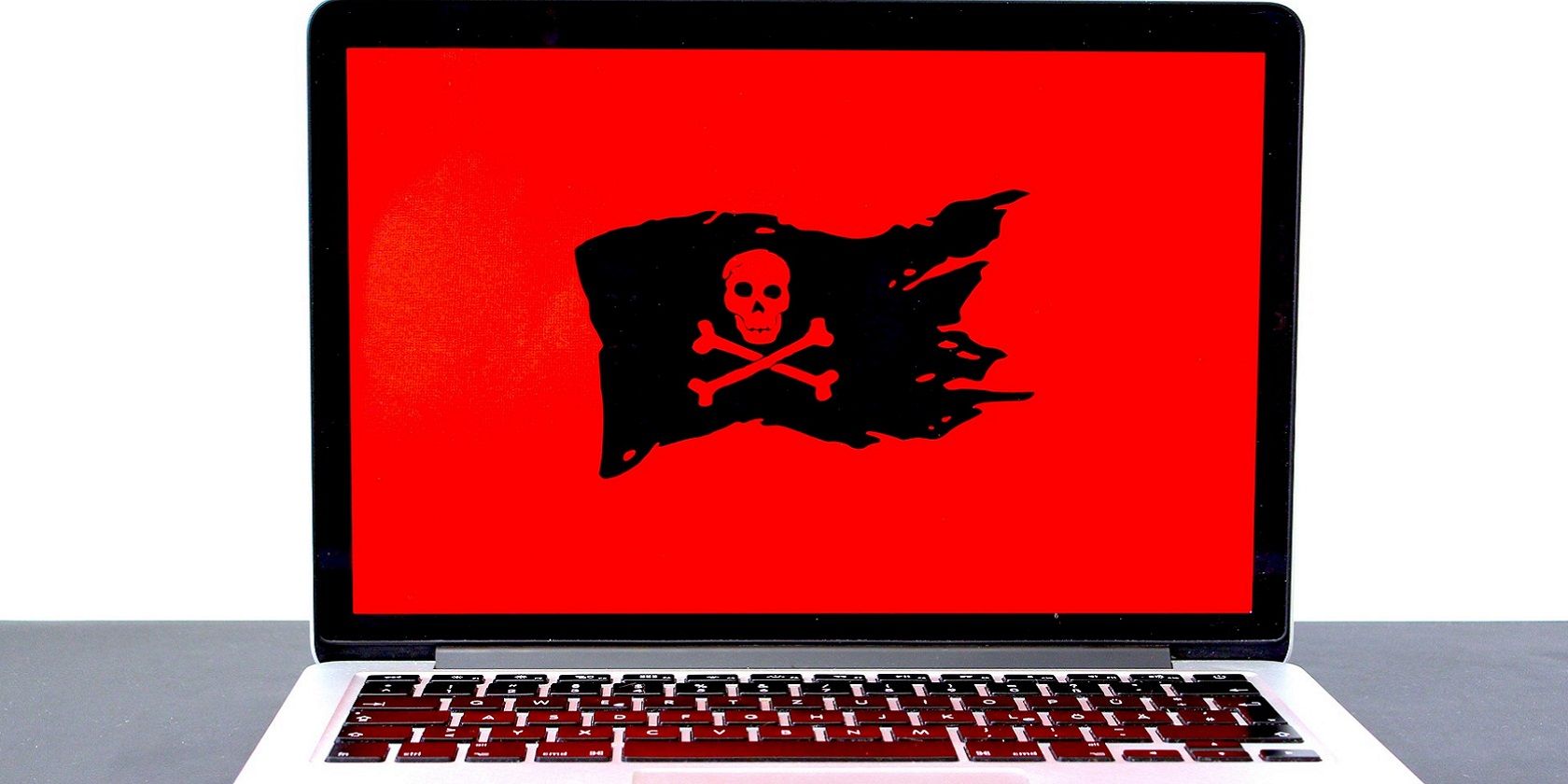How to Fix Error 0x800700E1 in Windows 10 and 11
Error 0x800700E1 is a problem that users reported occurring when trying to transfer files from a USB drive to their PC or perform a Windows backup. In either case, an error message 0x800700E1 pops up saying “The operation did not complete successfully.” This means that users are unable to transfer files or back up Windows as desired.
0x800700E1 error can be caused by malware, false positives, system file corruption, and background application conflicts. You can fix the problem by applying potential solutions to these causes. This is how to fix 0x800700E1 error in Windows 11 and 10.
1. Run Malwarebytes Scan
The error 0x800700E1 message clearly indicates that the operation was not completed because the file contains malware (virus). So, it is possible that a real virus is causing this problem. So, run an antivirus scan using the freeware Malwarebytes. You can do a full scan of your PC using Malwarebytes like this:
- Open this Malwarebytes download page.
- Select the Free Download option.
- Click Explorer’s Library folder taskbar button and open the directory containing the Malwarebytes installation files.
- Double-click the MBSetup-4.4.exe file to view the Malwarebytes setup window.
- Click Install to add the software to Windows.
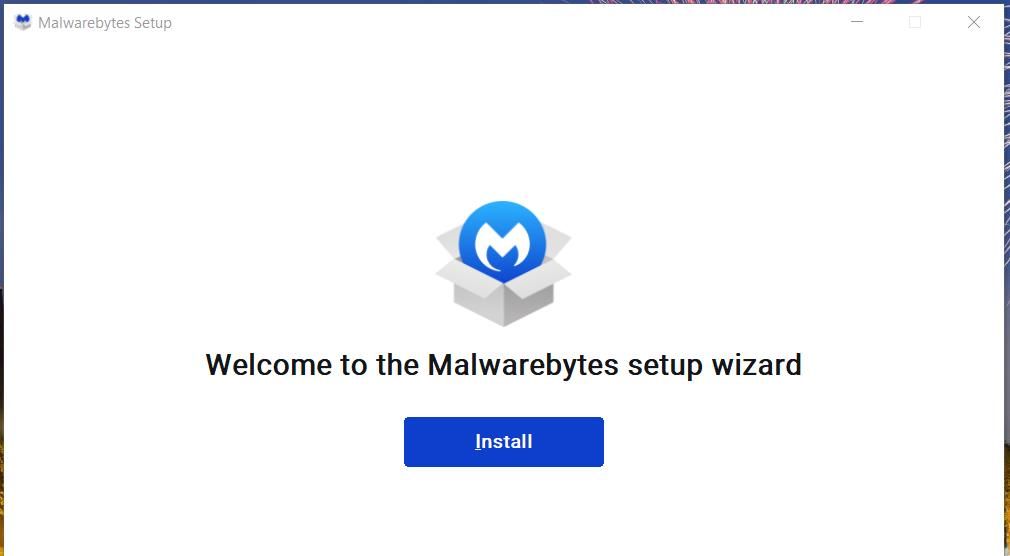
- Select Finish to finish and launch Malwarebytes.
- Click Malwarebytes’ Scan option.
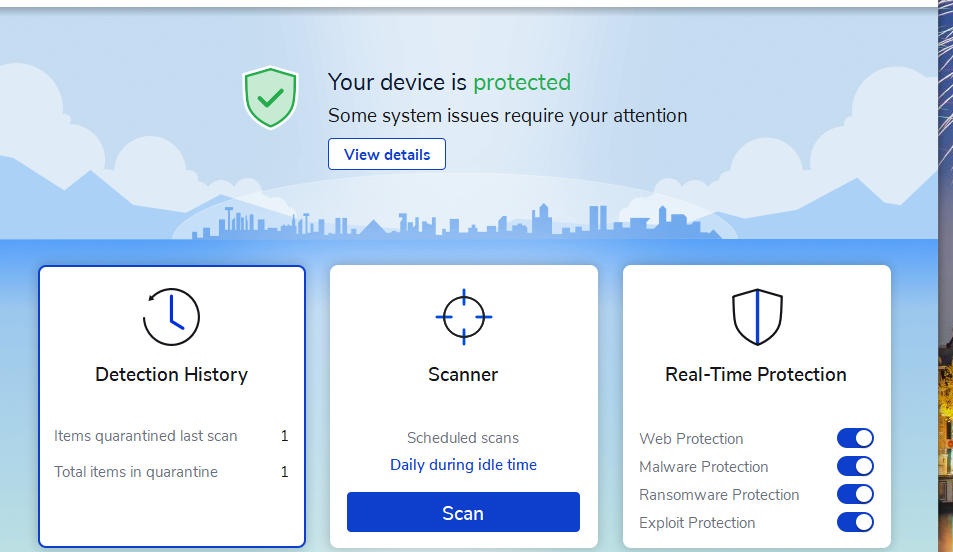
- Select Quarantine if anything is detected.
If error 0x800700E1 appears when trying to transfer some files from a USB drive, scan the folder containing the files you are trying to move or copy. To do this, you need to connect the drive to your PC. Then right-click the folder on the external drive in Explorer and select Scan with Malwarebytes.
2. Turn off Microsoft Defender (or any active third-party antivirus app)
Error 0x800700E1 can occur when antivirus software mistakenly identifies a legitimate file as malware (or virus). This is called a false positive. Therefore, before you attempt to transfer files or perform a Windows backup, try temporarily disabling the real-time protection option for Microsoft Defender.
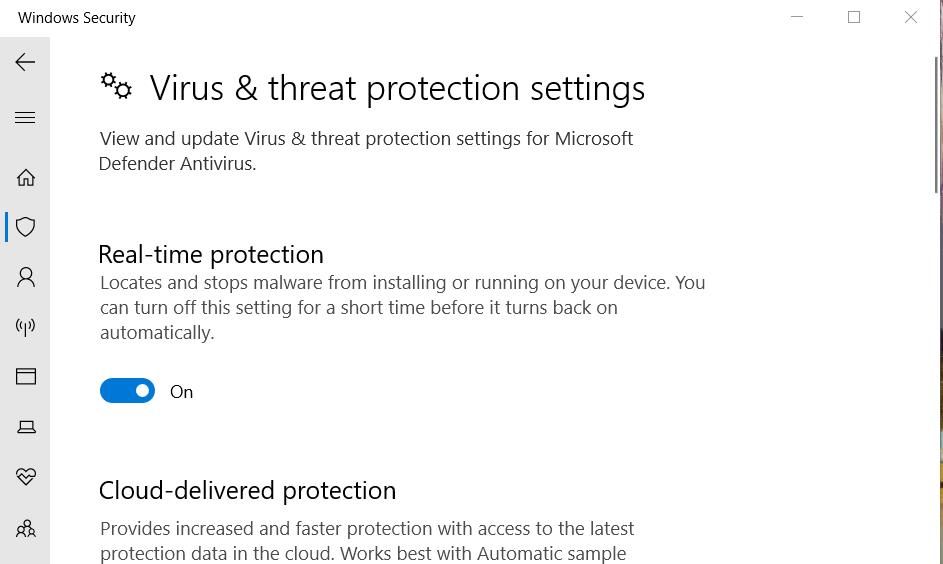
If you have an alternative third-party antivirus application installed, you must disable the software’s real-time protection. Most antivirus applications have a context menu setting for disabling the antivirus shield. So look in the system tray area, right-click your antivirus application, and select an option that will temporarily disable its antivirus shield for an hour or two.
3. Repair File Explorer
Error 0x800700E1 It can also occur due to problems with the File Explorer process. This is more likely to happen if some files cannot be transferred or copied due to error 0x800700E1. You can fix this type of problem by running a couple of more specific SFC commands for explorer.exe as follows:
- Press the win+S button and type CMD in the search box activated by the hotkey.
- Click on the Command Prompt Command Prompt search result and right-click to select Run as administrator.
- Execute this SFC command:
sfc /SCANFILE=c:windowsexplorer.exe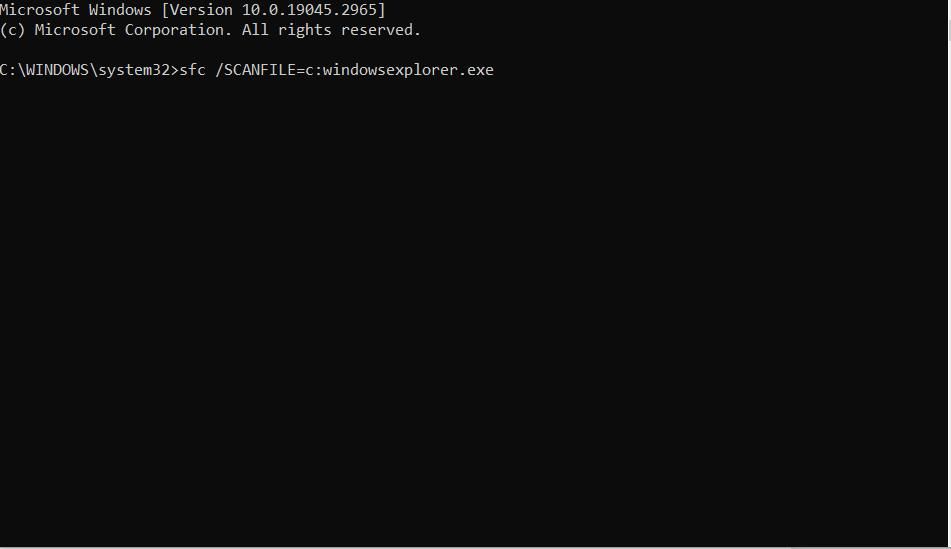
- Then enter this SFC command text and click Enter:
sfc /SCANFILE=C:WindowsSysWow64explorer.exe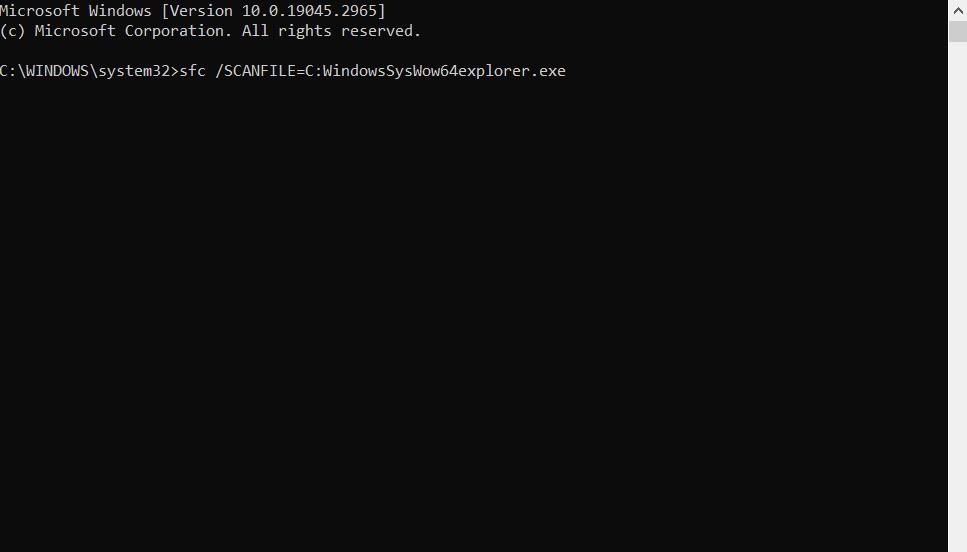
- Wait for both scans to complete and for the Windows Resource Protection message to appear.
4. Clear browsing data
This solution is more suitable for fixing error 0x800700E1 that occurs in Windows Backup operations. Temporary and cached browsing data may cause problems with Windows Backup operations. Therefore, when Windows Backup fails, clearing browsing data may solve this problem. Try clearing Internet Explorer browsing data in Windows as follows:
- Open Run win + R, enter inetcpl in the command box, and press enter.
- Select General in the Internet Properties window.
- Click the Delete option for browsing history.
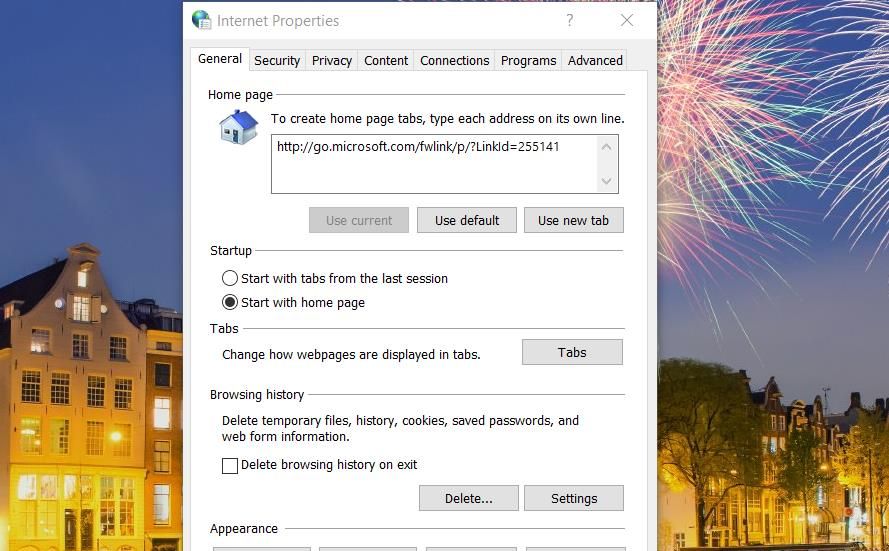
- Deselect the Preserve Favorites checkbox if it is selected.
- Select the Cookies, History, and Temporary Internet Files checkboxes.
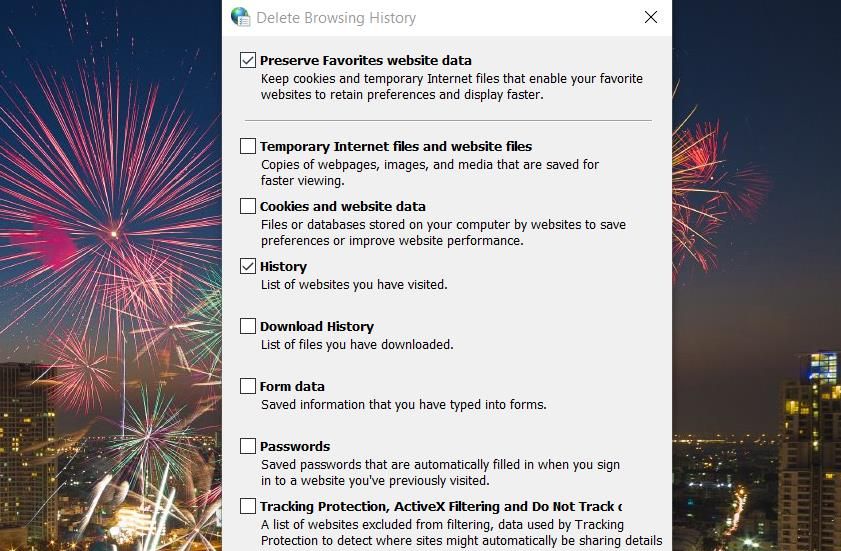
- Click Delete to delete browsing data.
If you use Chrome, Edge, Firefox, Opera, or another alternative, use your browser’s built-in settings to clear your browsing data. All browsers include tools for clearing cookies, history, and other browsing data. Tools or options for recording and caching data. Check your browser’s settings tabs and menus to find tools for clearing browser data.
5. Try some general Windows fixes
If nothing has worked so far, here are some general Windows fixes you can try:
Add the file to the exclusion list of your antivirus software
If error 0x800700E1 occurs when you try to move or copy files from an external drive , try adding the folder containing these files to the exclusion list of your antivirus utility. Doing so will ensure that your antivirus utility does not raise any false positives for the files you are trying to copy or transfer. Our guide tells How do you add exclusions in Windows Security Center?
If you have If you use a third-party antivirus application, you will need to select the folder in the software’s exclusion or exception list. You should be able to find such a feature in the settings tab of the antivirus utility. Check the antivirus utility’s online Manual for details on how to set up folder exclusions there.
Run SFC and DISM file scans
If If the above possible solutions do not work for you, try running an SFC scan to check and repair system file corruption. The System File Checker utility is a utility that can be run by executing a CMD command. We have a guide that tells you how Run a System File Checker scan.
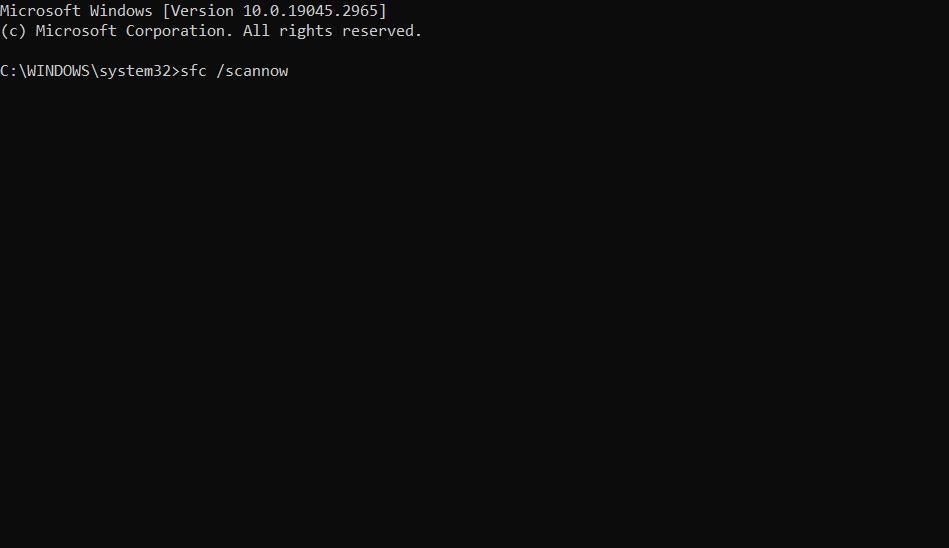
DISM.exe /Online /Cleanup-image /RestorehealthSet Windows to clean boot
Another possibility for error 0x800700E1 is that background applications or programs other than security software may interfere with Windows backup or file transfer operations. Therefore, we recommend that you resolve this issue by performing a clean boot in Windows. Setting Windows to clean boot disables all extraneous third-party startup items.
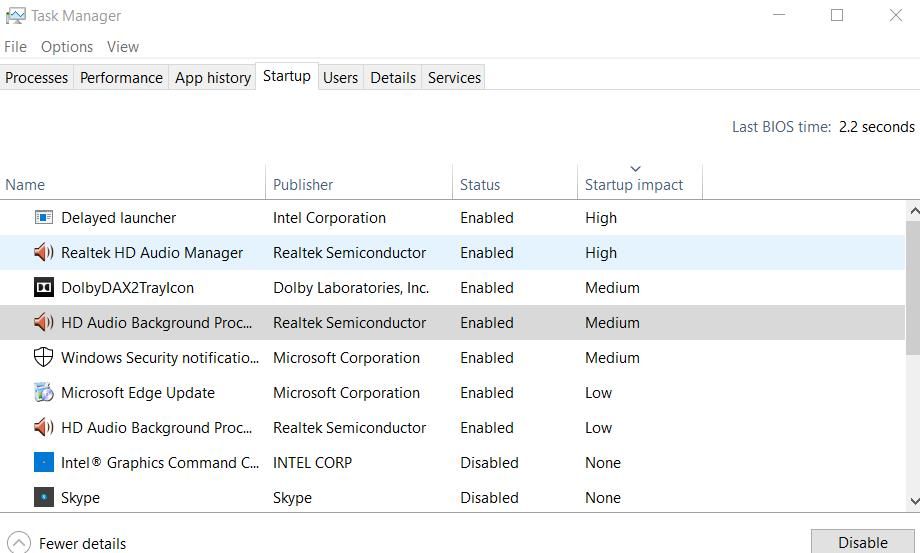
We have a guide on how to clean boot Windows that includes step-by-step instructions for applying this potential fix. You can use Task Manager and MSConfig tools to disable all non-essential third-party startup applications and services. Then restart Windows to see if error 0x800700E1 persists after a clean boot.
Get error 0x800700E1 in Windows Sorted in
Many users have encountered error 0x800700E1 in Windows, and potential solutions are covered in this guide. The same potential fixes can also be used to fix this error in Windows 8. If error 0x800700E1 persists after applying these solutions, try to fix the problem using some of the best third-party Windows repair tools available for free.
